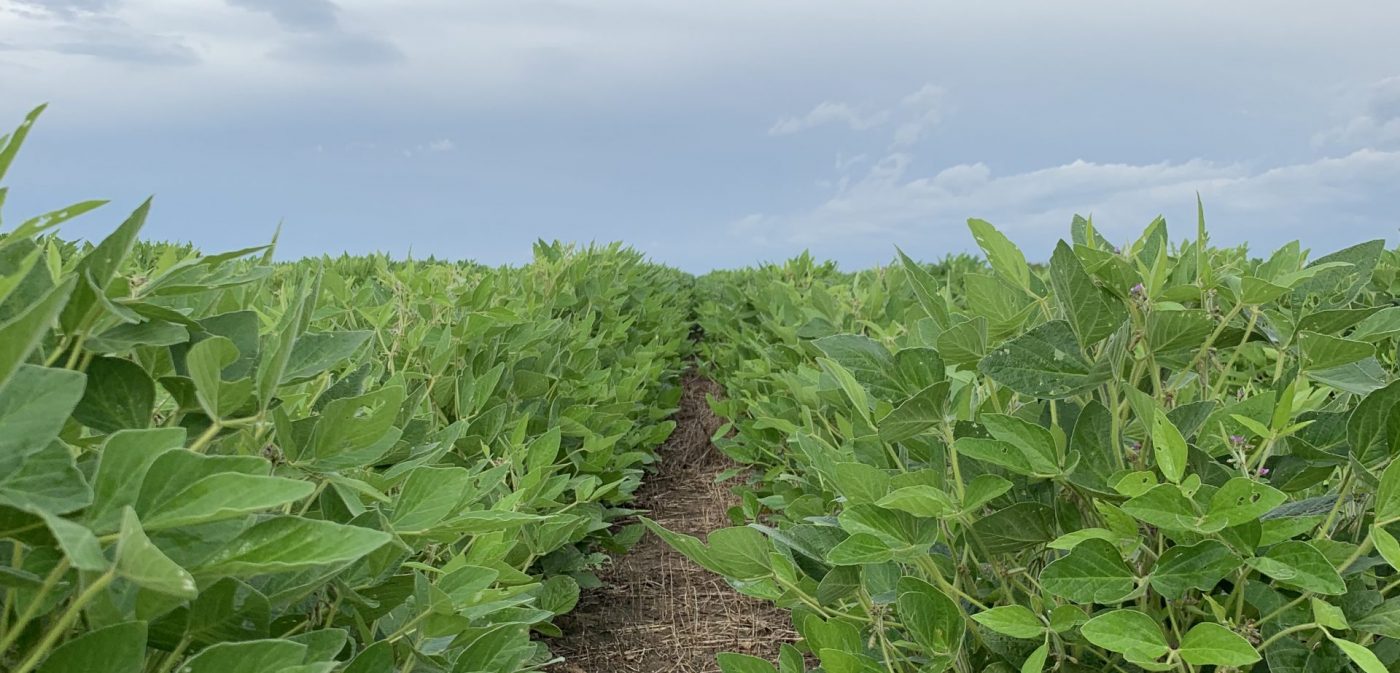
Agronomists: Encylcopedias for Farmers
After I graduated from Kansas State, I moved down to SE Kansas to work for a co-op as an agronomist. During my year down there, I worked one-on-one with various growers and scouted a lot of acres. The growers I worked with had a lot of knowledge and expected a lot from me; in terms of improving crops and providing recommendations for pest management. I also gained a lot of experience with seed and seed sales. This included seed storage, selection of varieties and hybrids, how to place varieties and hybrids on certain acres and treating the seed. Treating seed is when the seed with an insecticide or fungicide to help protect the seed before it has emerged.
Previously I mentioned scouting, this was a weekly duty of mine to go to farmers’ fields and check the crop and look for any issues. When scouting, you check the crop’s developmental stage (I’ll talk more about these in a later post), look for weeds, insects, diseases, and any problems that occur within the field. I would make a report for all the fields for each farmer and then meet with the farmer each week or two weeks to tell them if there were any problems or what action they should take. It’s kind of comparable to a parent-teacher conference, where the crop is the student and the farmer is the parent; you give them an update and advice on how to help their crop/student improve and be the best they can be. Any recommendations that I gave to a farmer were based on my scouting and any past and future decisions made by the farmer.

Precision Agronomy
The other responsibility I had as an agronomist was precision ag. This involves grid soil sampling, looking at yield data, soil tests, and creating maps and recommendations for nutrients and planting populations. These recommendations were given to the farmers and often implemented in their fields for the current year or over the next three years. Often times a nutrient recommendation for a grid sample was then turned into a variable rate application of fertilizer. The amount of product and the products used depended a lot on the equipment available and the preferences of the farmer. I really liked this part of my job, as it gave me the chance to use my creativity and my vast knowledge of agronomy and soil fertility.

At my current job, I am now the lead agronomist of precision agronomy. Again I get to do a lot of grid sampling and looking at and creating maps for various nutrient recommendations. This has become one of my favorite things at my job and I like being able to meet with the other agronomists and even farmers to go over their soil data and nutrient recommendations. Eventually, we will have a full precision ag program and be a one-stop-shop for all precision ag and crop needs.
Agronomy, in general, and precision agronomy are very important in the process of growing crops. Agronomy gives farmers the knowledge and tools they need to successfully and sustainably grow the food we eat today. By utilizing various practices we can become good stewards of the land and utilize integrated pest management while also increasing our crop yields.
If you have any questions about any of the things I talked about in this article or any questions about crop production, agronomy, and anything relating to crops, feel free to comment below or go to our “Ask an Agronomist” page.





-
Tagged crops